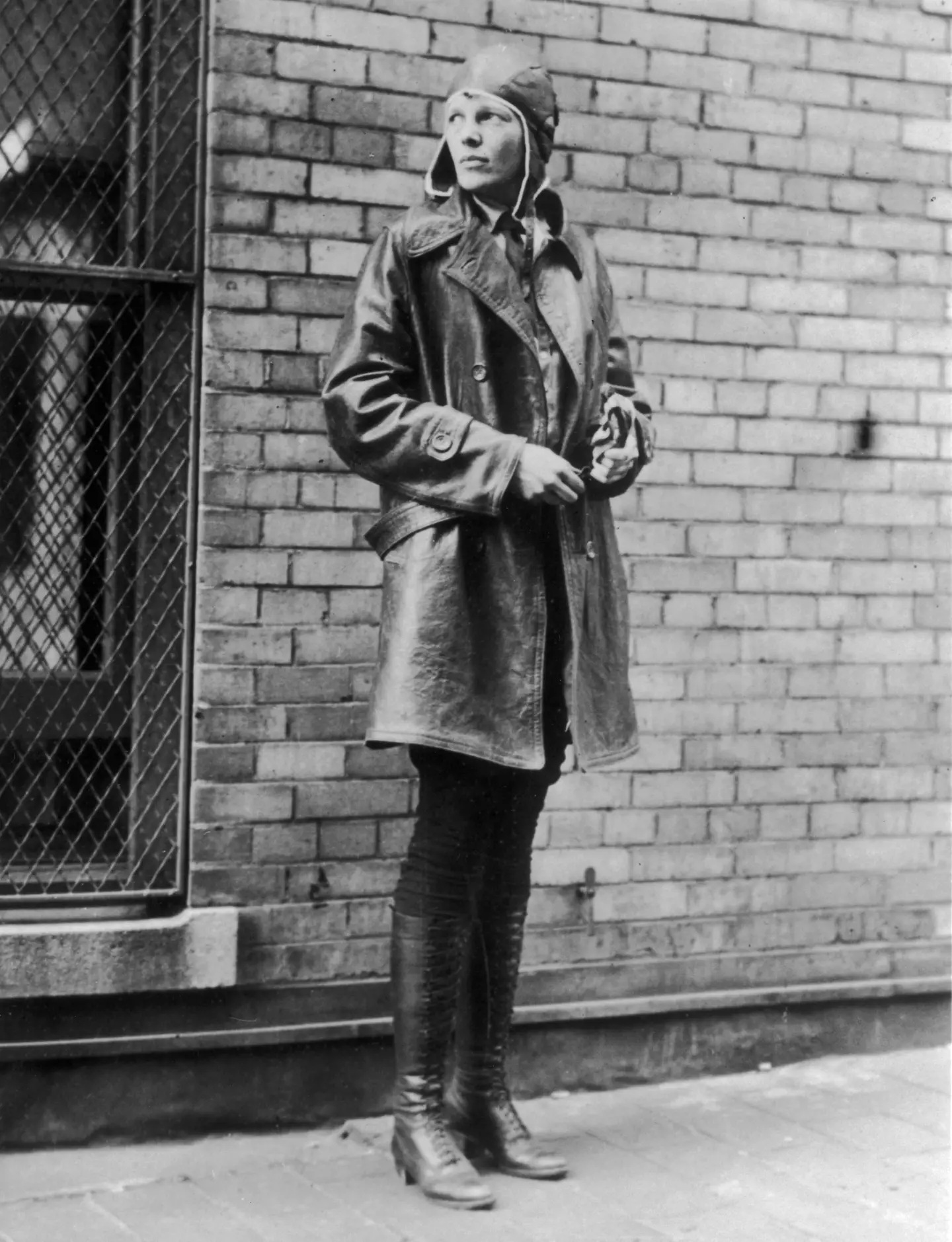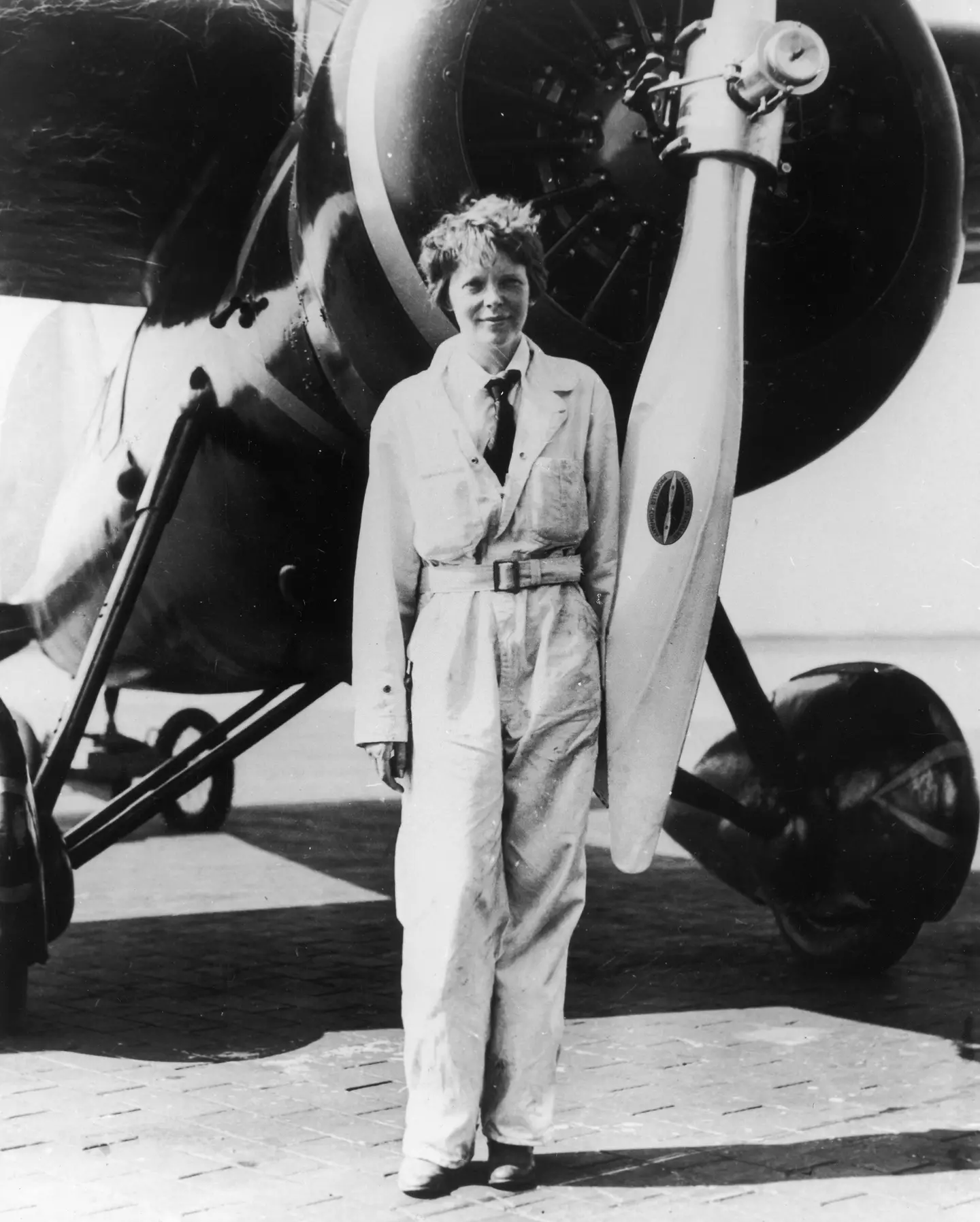Specialists have shared the latest developments in the Amelia Earhart investigation after discovering evidence that might unravel the enduring enigma surrounding her disappearance.
Back in the 1930s, Amelia Earhart etched her name in history by becoming the first woman to complete a solo flight across the Atlantic Ocean, earning widespread acclaim for her remarkable feat.
Beyond her aviation accomplishments, she became a vocal advocate for women’s rights and played a key role in founding the Ninety-Nines, an organization dedicated to supporting women in aviation.
In 1937, however, Earhart vanished while attempting to fly around the world. She and her navigator, Fred Noonan, disappeared over the Pacific Ocean, and neither their bodies nor the aircraft were ever found.
Although officially declared dead in 1939 following an extensive search effort, numerous theories and speculations have emerged over the years about what might have happened to Earhart.

Some suggest that Earhart and Noonan perished when their plane crashed into the sea, while others theorize that they might have managed to land on a Pacific island and subsequently passed away there.
Decades later, a 15-member team from Purdue and the Archeological Legacy Institute (ALI) is set to embark on a three-week mission to Nikumaroro Island in pursuit of answers.
Initially scheduled for November 4, the mission’s start has been postponed to next year. The delay results from ongoing collaboration with the Kiribati government to finalize the permit approval process. Additionally, the South Pacific cyclone season has rendered a safe departure impossible until 2025.

Richard Pettigrew, executive director of the Archaeological Legacy Institute (ALI), leading the mission alongside Purdue University and Purdue Research Foundation (PRF), stated: “Postponing a complex project like this poses logistical and financial challenges for us and our partners, but we have to take it in stride. We’ve overcome other challenges to this project over the past four years, and we will get past this one, too.”
“Because of the compelling evidence we have in front of us, we have to go to Nikumaroro and get a close look at the Taraia Object. Rest assured that we will do just that, so stay tuned! We will have a revised project schedule worked out soon,” Pettigrew added.
Steve Schultz, senior vice president and general counsel at Purdue University, commented: “Maritime expeditions require thorough preparation and numerous clearances. Our project required many approvals at multiple levels of the Kiribati government, and we benefited from cooperation and assistance from officials in Tarawa.”
“This is a real-time example of Purdue’s well-known ‘persistent pursuit’. We have gained valuable insights throughout this process and are very confident and resolved to continue this quest with a planned 2026 departure,” Schultz concluded.

